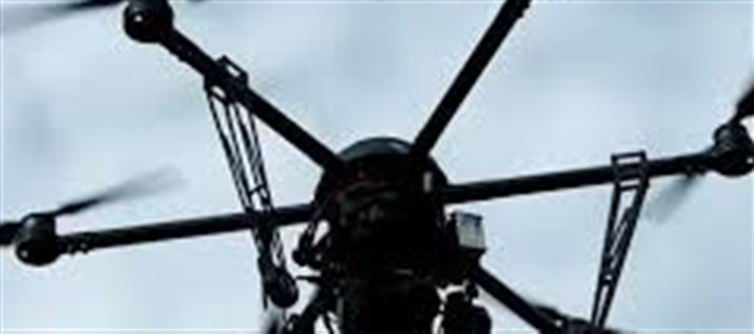
1. Drone Incident Near South ukraine Nuclear Power Plant
The International Atomic Energy Agency (IAEA) confirmed that a drone was downed and detonated approximately 800 meters (875 yards) from the perimeter of Ukraine's South ukraine Nuclear Power Plant. This incident occurred overnight, and the IAEA provided the update on Thursday.
While the drone was intercepted before it could cause direct harm to the plant itself, the close proximity to a sensitive nuclear facility has raised concerns about security risks in the region, particularly amidst ongoing tensions in Ukraine.
2. No Immediate Threat to Nuclear Safety
Despite the alarming proximity of the drone to the plant, the IAEA reassured that there was no immediate threat to the safety of the facility’s nuclear operations. The agency, which monitors nuclear safety worldwide, confirmed that the plant’s operations were not affected by the drone incident.
The South ukraine Nuclear Power Plant is one of Ukraine's key nuclear facilities, generating a significant portion of the country's electricity. The IAEA’s statement has been critical in allaying fears of a radiation risk or any catastrophic event linked to this incident.
3. A Rising Concern: Drones as Security Threats
This event underscores a growing concern in nuclear security, particularly with the use of drones in conflict zones. Drones have increasingly been used for surveillance, reconnaissance, and, in some cases, direct attacks. The proximity to critical infrastructure like nuclear plants makes this incident especially alarming.
Ukraine’s nuclear facilities, particularly amid the ongoing war with russia, have been the focus of heightened vigilance. In recent months, there have been multiple reports of missile strikes and artillery shelling near nuclear sites, heightening the risk of an accidental or deliberate nuclear disaster.
4. The Role of the IAEA in Ensuring Nuclear Safety
The IAEA has played a key role in ensuring the safety and security of nuclear facilities in conflict zones like Ukraine. Following several high-profile incidents involving the Zaporizhzhia nuclear plant, the agency has worked closely with both Ukrainian authorities and other international bodies to implement strict monitoring and safety protocols.
The IAEA’s statement emphasized that their team is in constant contact with Ukraine’s officials to monitor the situation and provide any necessary support in safeguarding the country's nuclear assets.
5. The Global Impact of Drone Incidents Near Nuclear Facilities
While the drone incident near South Ukraine's nuclear facility did not result in any direct damage, it highlights the ongoing risks faced by critical infrastructure in conflict zones. Such incidents also send a message about the vulnerability of nuclear sites to unconventional threats like drone warfare. The international community may now call for stronger measures and protections for these types of facilities in volatile regions.
6. The Situation in Ukraine: Escalating Tensions
The drone attack comes amid an escalating military conflict in ukraine, with constant reports of artillery strikes, missile attacks, and aerial combat. Both ukraine and russia have been accused of launching attacks that target critical infrastructure, and this incident is just another example of the precarious situation surrounding the country’s nuclear power plants.
The South ukraine Nuclear Power Plant remains under careful observation by Ukrainian authorities and international agencies like the IAEA to prevent any potential threats from escalating into a more serious incident.
7. Conclusion: A Warning Sign for Nuclear Security
While the incident at the South ukraine Nuclear Power Plant may not have caused immediate danger, it serves as a stark reminder of the vulnerability of nuclear facilities during times of conflict. The role of organizations like the IAEA in ensuring nuclear safety and security has never been more critical as the risks associated with modern warfare, including drone attacks, continue to rise.
As the situation in ukraine unfolds, global attention will likely focus on the safety protocols in place for nuclear plants and whether more stringent measures need to be adopted to mitigate potential risks.
Disclaimer:
The views and opinions expressed in this article are those of the author and do not necessarily reflect the official policy or position of any agency, organization, employer, or company. All information provided is for general informational purposes only. While every effort has been made to ensure accuracy, we make no representations or warranties of any kind, express or implied, about the completeness, reliability, or suitability of the information contained herein. Readers are advised to verify facts and seek professional advice where necessary. Any reliance placed on such information is strictly at the reader’s own risk..jpg)




 click and follow Indiaherald WhatsApp channel
click and follow Indiaherald WhatsApp channel